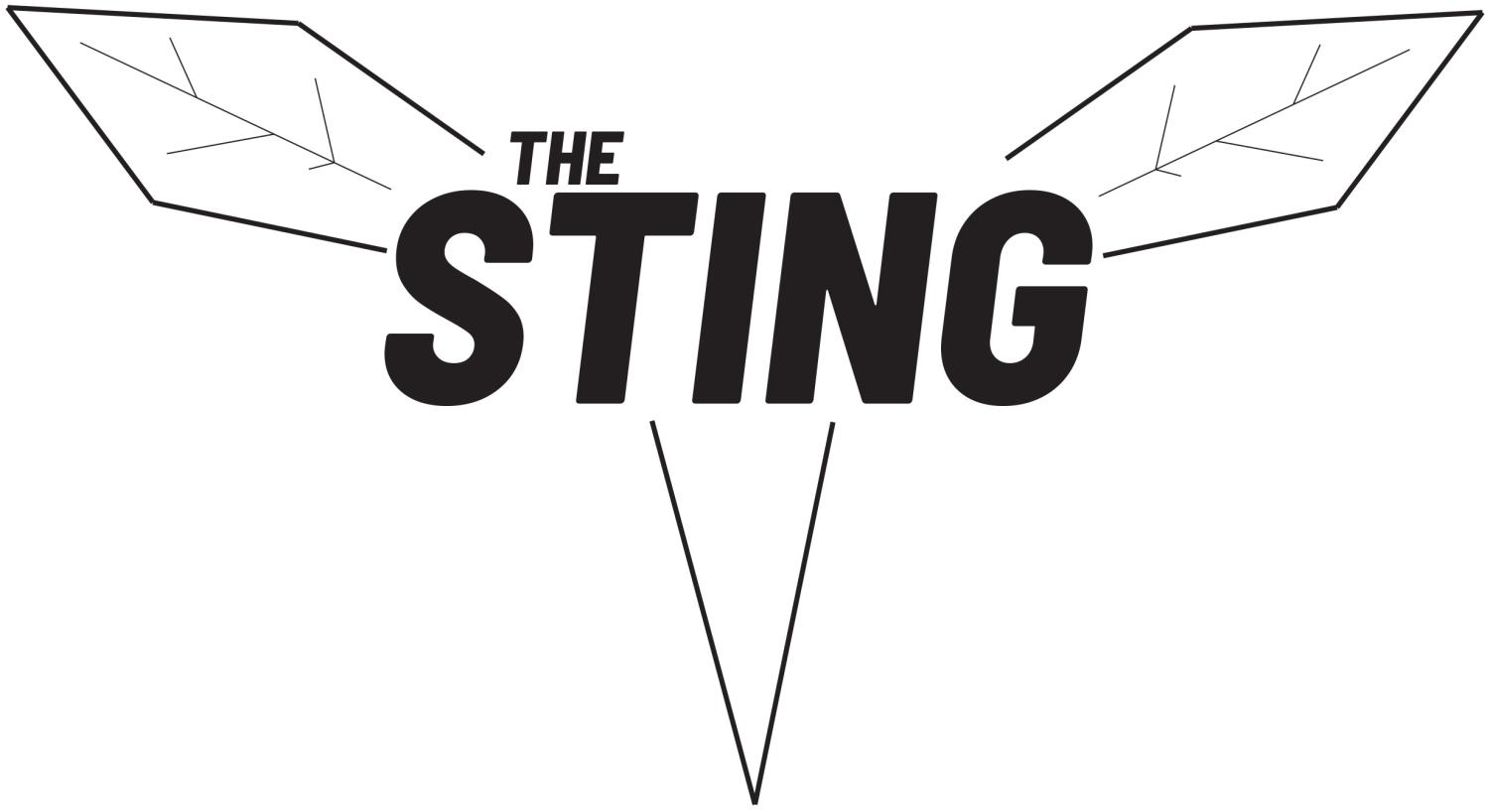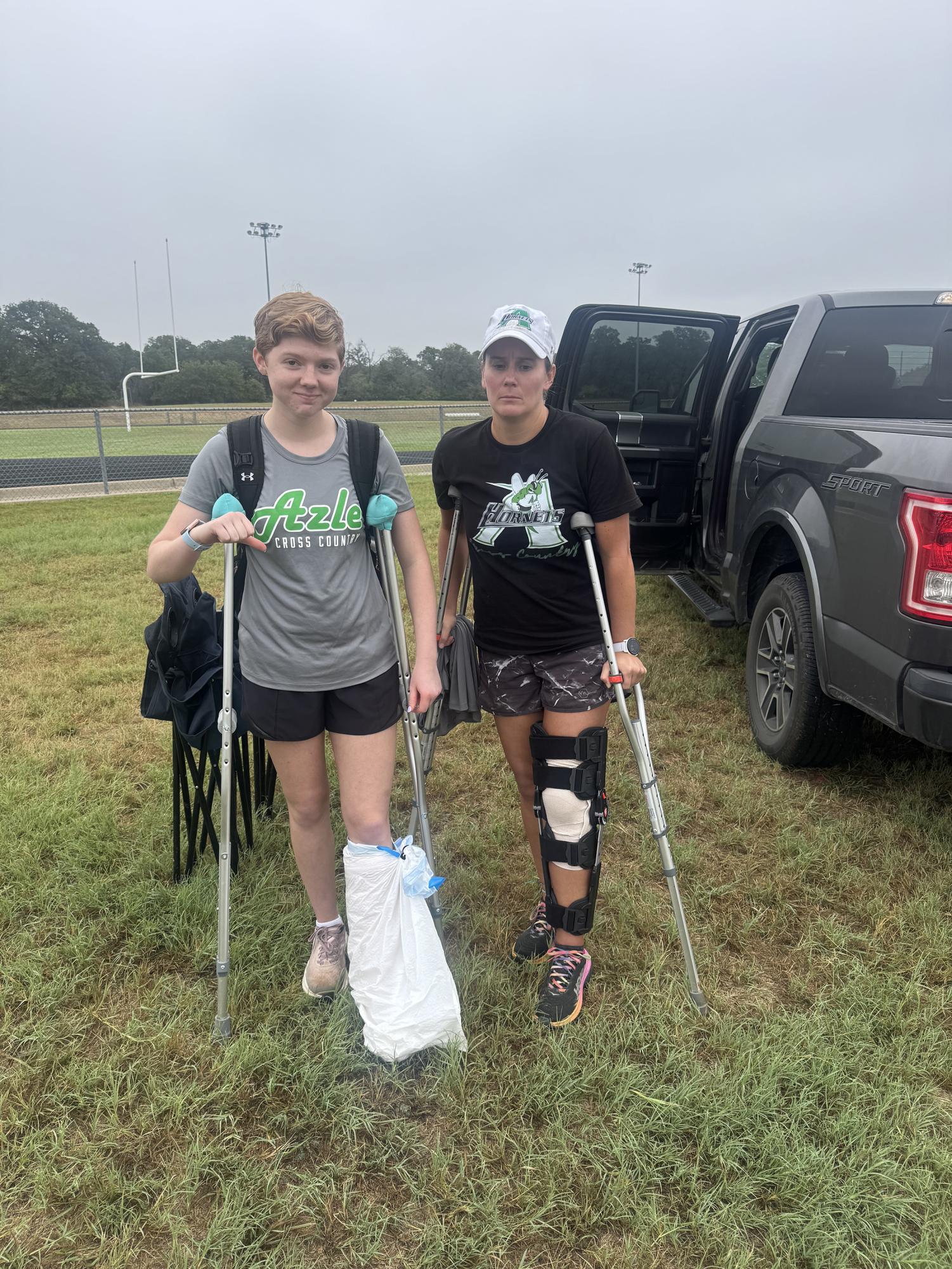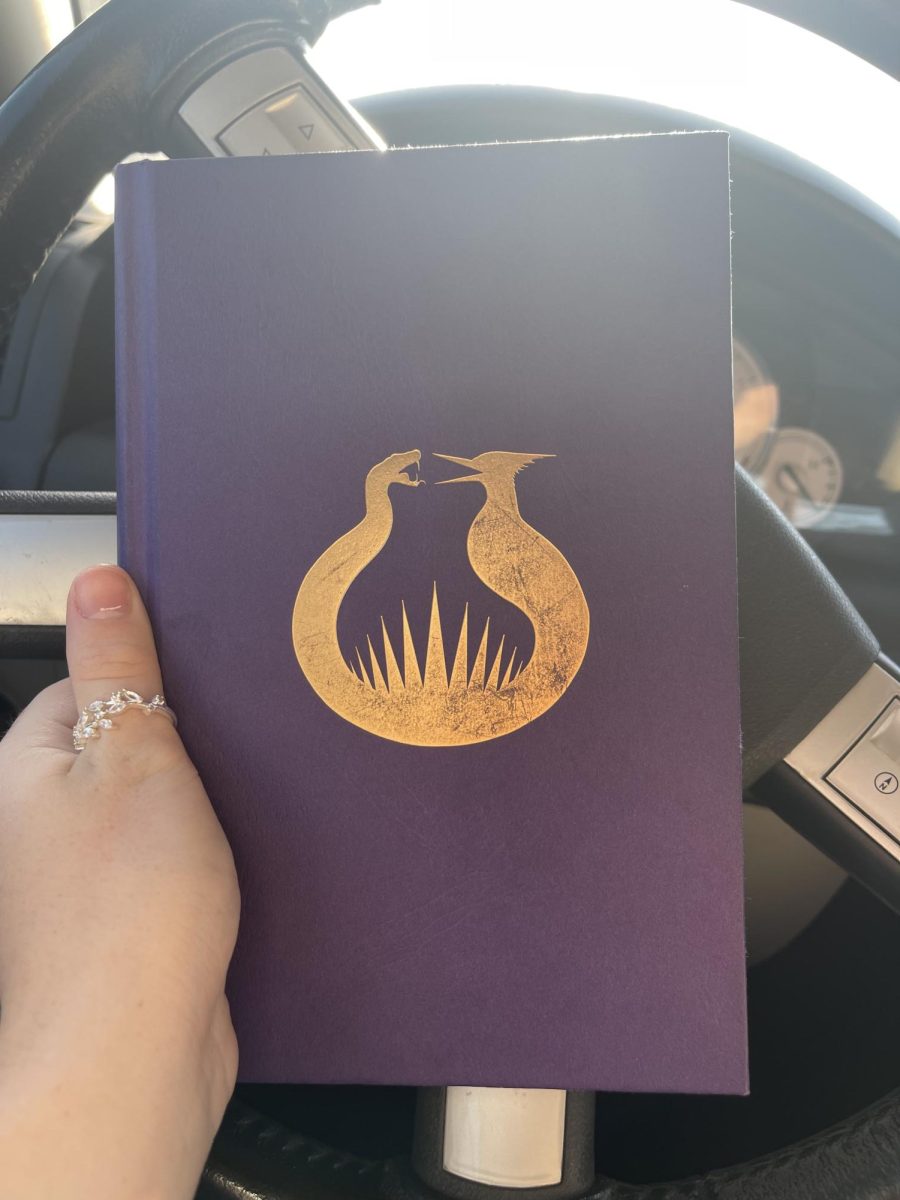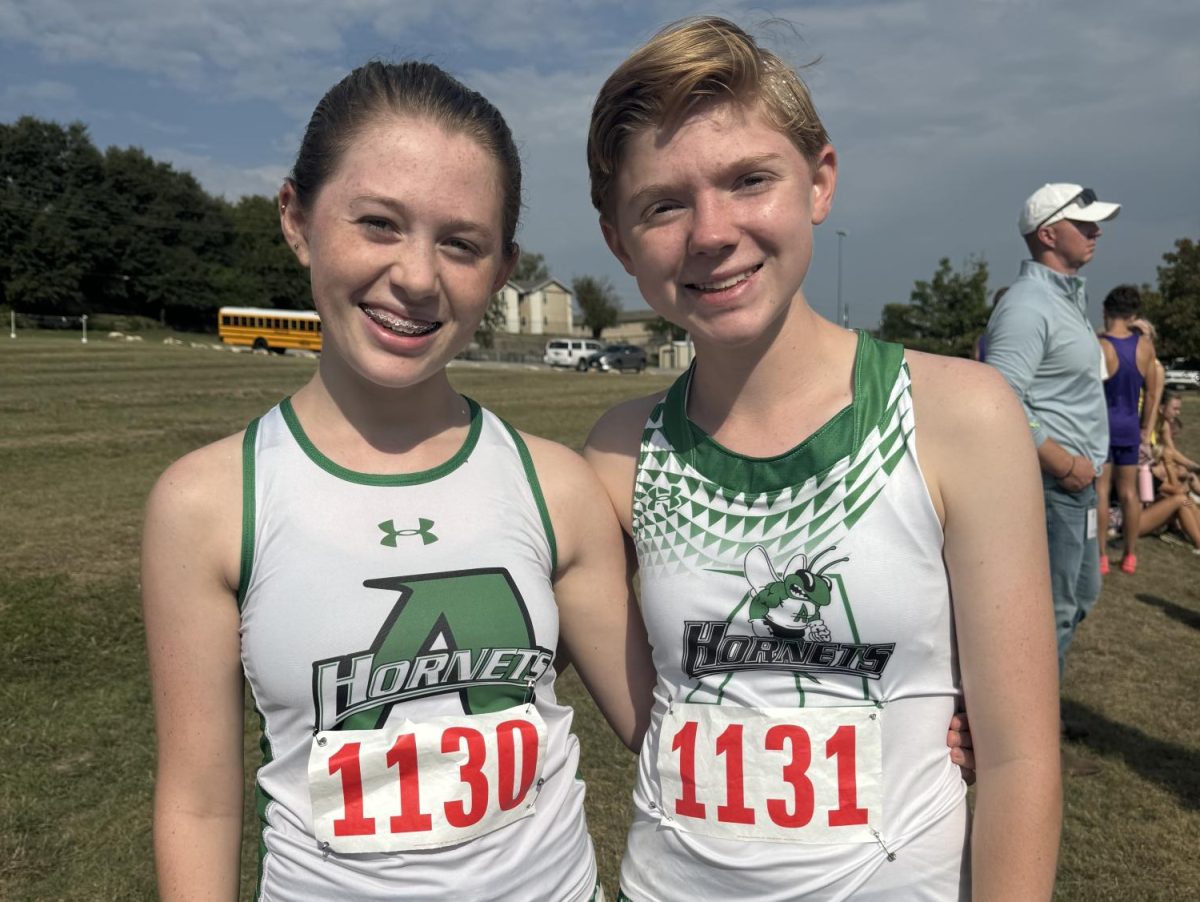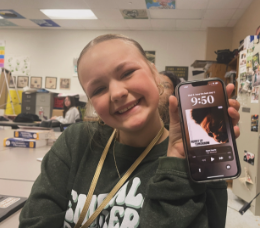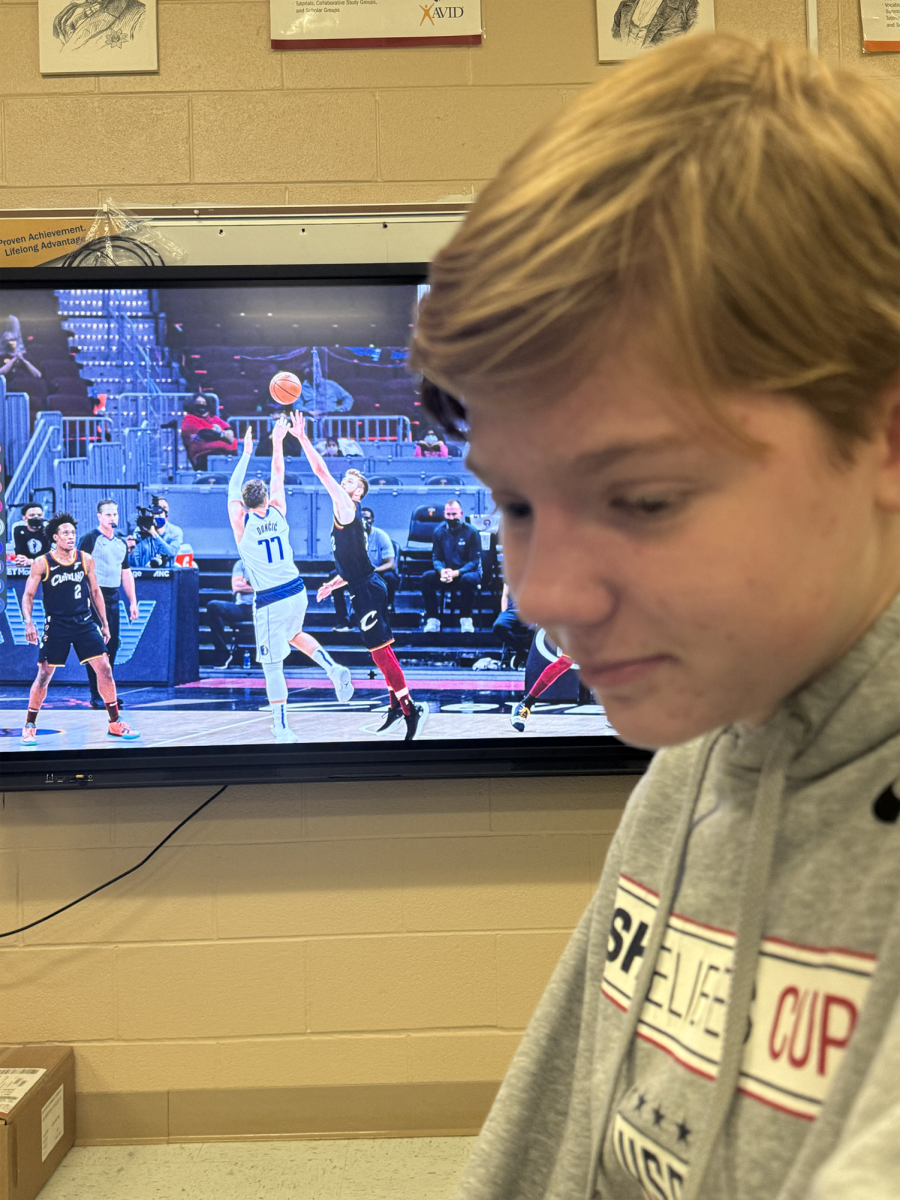The second scrimmage had just begun with the sun hanging low and reflecting over the football field that was home to Frisco Wakeland. The referees close in and spot the ball down to begin the play, and the clock starts to run. The crowd from both sides begin to cheer as the opposing team’s offense breaks the huddle. Senior Jay Glaze’s whole focus shifts and follows the quarterback as the snap begins to echo into motion. He started to run as the ball was handed off, and for a moment, it was as though time stopped; it was just him and the game of football. But quickly, that moment blinked away and soon became a harsh reality.
“He was on a blitz path,” sophomore Jackson Jinks said. “This is when he goes off the edge and goes for the first threat, which in this case was the running back. While he was running, he had pressure, so he got caught in the middle of it all.”
After the matter, he can hear gasps from the crowd and whistles that are followed by the referees, who wave their arms in the air to stop the play. He turns his head to the scoreboard to see the clock that has stopped, and the realization hits that it was only the first 10 minutes of the game. The realization that not only did the play stop, but that this incident might stop him.
In the aftermath of the scrimmage, Jay originally thought that it was a deep bruising on his shin, but after getting an MRI, it was discovered that it was a stress fracture in his fibula. Before knowing this, he began to feel better and played again at Denton, just for him to feel that same shock as he once did before. With this, Jay emphasizes the mental and physical state he’s in. Considering it’s his senior year, he said he’s ready for action as soon as he’s fully recovered.
“When I get back into the game mentally, I’m going to be ready to go,” Jay said. “I’m going to play like it’s my last game every time because I’m not going to take anything for granted the rest of the year. And, then physically, it’s going to be a mindset to push through any physical pain.”
Regardless of the sport, whether they are played on the field, the turf, the court or the mat, there are trainers and coaches stationed and ready to go if someone gets hurt during the game. For trainers, it’s their job to reassure the athlete that they’re taken care of in the moment.
“We really just try to talk to them to figure out where their headspace is,” student trainer and junior Jayce Crawdford said. “We ask things like ‘how are you feeling about this kind of treatment?’ and we give them directions on what we’re doing. We walk them through the steps to ease any of their fears or anxieties.”
Recovery is a big factor that plays a role for many athletes after getting hurt. Depending on the injury, there are many ways to recover. Sophomore Tyler Couch faced, and continues to face, a complex and long recovery after tearing his UCL and breaking a growth plate in his elbow while pitching at a home baseball game last year.
“Through recovery, I realized I needed to take care of my body more,” Tyler said. “Like stretching and warming up for longer or even taking more rest days. During my time off, it helped me persevere, so I can just keep going and succeed.”
For injured athletes like Tyler, physical therapy is a route that is offered and recommended as it helps with the recovery process by gradually building up to the strength they had before.
“Physical therapy lasted about five to six months for me after surgery and being in a cast,” Tyler said. “They had me doing small things like squeezing a ball or twisting a rope. Then they worked me all the way up to lifting weights and throwing.”
In most sports, every player on a team shares value as they all have a specific role and job to do. So when a player gets hurt, it has an emotional impact on the team.
“What I’ve noticed throughout the years is that the more people who are injured, the more it takes a mental toll on everybody,” head cross country coach Kelsie Jones said. “Everybody will start to wonder, ‘Okay, they got hurt, am I next?’ or ‘Okay, they got hurt, how will this affect our team?’ which can be mentally exhausting for the rest of the team, especially when they are worried. And, since our team is really tight and everyone has a bond with one another, I think everyone is bound to worry and care for that person.”
After years of running cross country, Reese Jeter faced two injuries. Her first one was a stress fracture in her tibia during her freshman year, and her second was in the navicular bone in her left foot. This caused Reese to have to sit out at practices and even resulted in surgery. After having surgery, she’s back to running for her senior year. She said she keeps her chin up and is thankful for the moments when she can run.
“Having my injury and what I went through made me have a different perspective on running,” Reese said. “It showed me how I don’t need to take any steps for granted because I could hurt myself again the way I once did. I think about how there could be people who are having to go through what I did, and how I need to be considerate of how I’m here now, recovered.”
